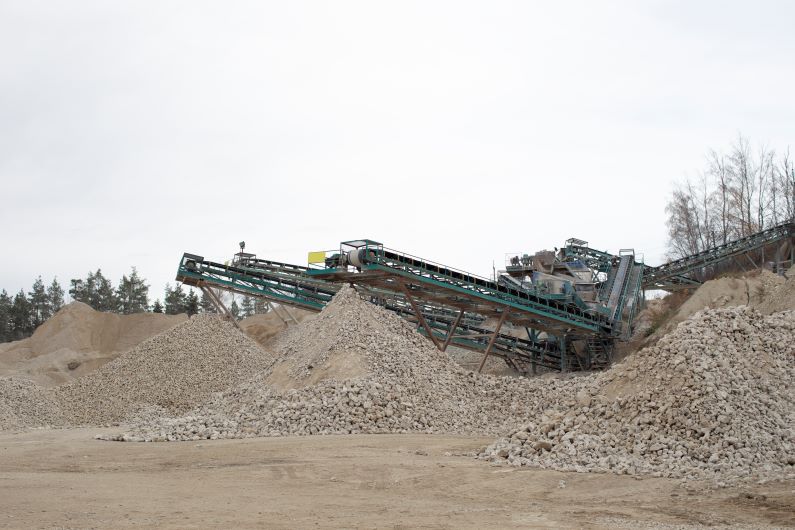
This presentation ‘Lessons Learned from Stakeholder Engagement and Education on the Sustainable Pavements Programme’ was delivered at the 2023 ACI Convention, San Francisco by Milena Rangelov VP of research in VitalMetrics, who has worked on the Federal Highway Administration sustainable payments programme, together with Michelle Helsel. It specifically focuses on mix design optimisation with durability. This is Part 1 of a four-part series.
Much of their work has been under the Federal Highway Administration using a life-cycle assessment (LCP) tool, emphasising sustainability in pavement engineering. The research aims to shed light on various decarbonisation strategies observed and analysed. The presentation centres on materials, specifically embodied carbon – the carbon contained in the materials and pavement designs. This focus distinguishes itself from operational carbon associated with vehicles driving on roads.
There’s ongoing debate about the significance of embodied carbon versus operational carbon. However, for climate change mitigation, actions addressing embodied carbon matter more immediately. Additionally, embodied carbon is fixed once the project is completed, unlike operational carbon, which can change with advancements in vehicle technology.
To effectively address embodied carbon in concrete, the researchers compiled a series of strategies ranging from reducing emissions and replacing intensive constituents to offsetting emissions. They considered readiness for implementation, placement on the carbon management hierarchy, lifecycle phase, economic indicators, and stakeholders as key factors in evaluating these strategies.
One notable approach is material-efficient design through mix design optimisation. This strategy is highly suitable, ready for implementation, and offers certain reductions by minimising the materials used in construction. It primarily occurs during the material production phase and is cost-effective, impacting concrete producers and the industry as a whole.
Another promising strategy is materials substitution using various supplementary cementitious materials (SCMs). This involves replacing traditional cement constituents with alternative materials. Like material-efficient design, this strategy is highly suitable, ready for implementation, and influences the concrete industry and related stakeholders.
Case studies and published research
In their pursuit of sustainable concrete pavement solutions, they have conducted two noteworthy studies, both of which are extensively detailed in published papers. These studies delve into material-efficient design through mix design optimisation and materials substitution using SCMs. These strategies have demonstrated significant potential for reducing embodied carbon in concrete pavement construction.
The study on paving concrete was conducted in collaboration with the Mobile Concrete Technology Centre (MCTC). The MCTC has a mobile concrete lab that traverses the nation, visiting various paving sites and collecting a wealth of mixture designs. Their efforts include testing and recommending best practices, making them a valuable resource for the concrete pavement community. Their material database is a treasure trove of publicly accessible information, aiding in the advancement of concrete pavement technology.
Continued in Part 2…
More news
- DOK-ING’s innovative electric mining equipment unveiled at ElectraMining
- CONCOR’S MASTERY IN FAST TRACK PROJECT IMPLEMENTATION UNDERSCORED BY SAFETY AWARD
- PROMINENT SEA POINT HOTEL REFURBS WITH REHAU
- CONCRETE ROOF TILES USED FOR WALL CLADDING ON COASTAL HOME
- THE GREENEST RESIDENTIAL DEVELOPMENT IN AFRICA?




